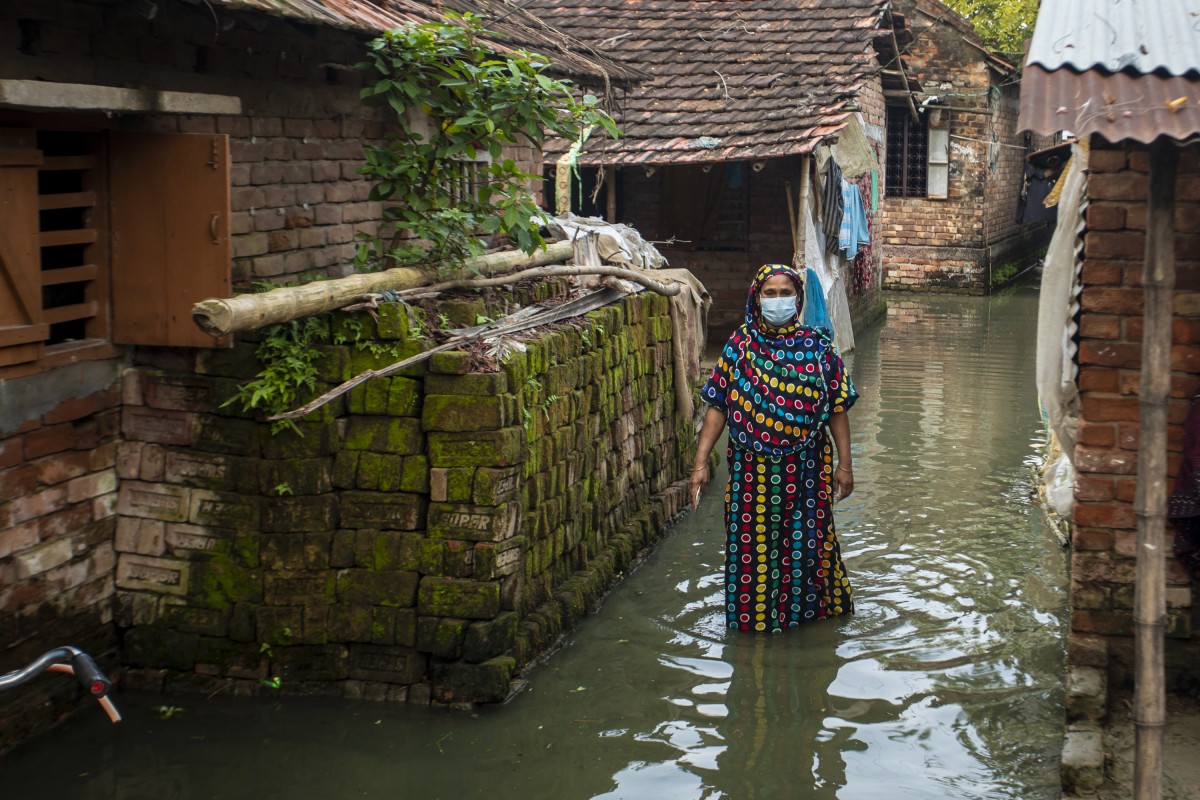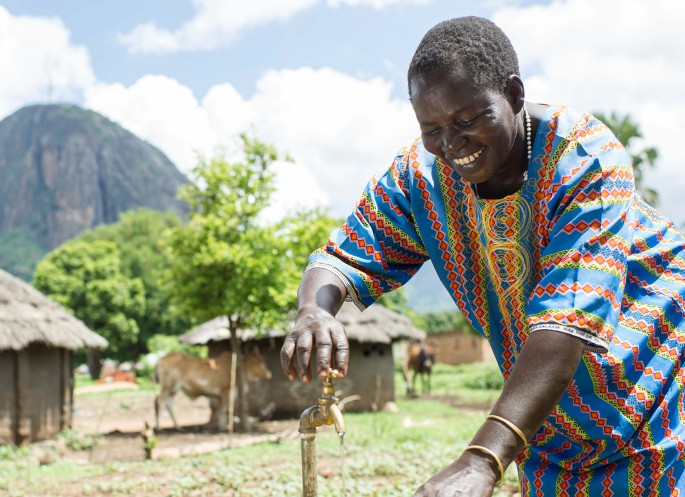Research proves: climate injustice for Africa and South Asia extremely high
The countries that have contributed the least to climate change suffer the most from the consequences and are in the worst position to invest in climate adaptation. That is the outcome of a research study by The Broker, which was carried out on behalf of Simavi.
Shocking contrast compared to Europe
Not a surprising outcome perhaps. What is shocking is how great the contrast is between Africa and South Asia and, for example, Europe. The Factsheet made by The Broker shows that Africa, which has contributed less than 3 percent to total CO2 emissions, suffers the most. For example, the historical CO2 emissions of 48 sub-Saharan African countries (0.65 percent) combined have been smaller than those of the Netherlands (0.71 percent) alone. Per capita, we emitted 8.06 tons of CO2 in the Netherlands in 2020, in a country like India that was 1.77 tons, in Kenya 0.4 tons and in Malawi and Uganda just 0.1 tons.
Climate injustice
"You can call it climate injustice, but it goes further than that," says Simavi’s managing director Dieneke van der Wijk. “If you see what the consequences are already – droughts that occur 70 percent more often, extreme rainfall that has already increased by 30 percent – the future does not look good.” The ten most vulnerable countries are all situated in Africa, according to the Global Adaptation Index. And particularly in Africa, the impact of climate change on water availability is high, according to the latest IPCC report.
Climate investments
At the same time, the countries that are most affected by the climate crisis have the fewest opportunities to absorb the consequences. For example, only 3 percent of all global climate investments take place in Africa, and only 5 percent in South Asia. Even though 25 percent of the world's population lives in these regions.
Adaptation costs are rising rapidly
The gap between the investments required to adapt to climate change and the funds actually available is large and growing. The adaptation costs for low-income countries are estimated to be 70 billion dollars a year, rising rapidly to 155 to 330 billion a year in 2030 and 310 to 555 billion a year in 2050. These are amounts that by far exceed the 100 billion dollars extra a year pledged in Paris, of which only 30 billion goes to adaptation at the moment.
Primarily a water crisis
“The impact of the climate crisis is primarily a water crisis. What that means – drought, floods, degradation of water resources and sanitation – we already see all around the world. It has exposed communities in Africa, Asia, Central and South America to acute food insecurity and reduced water security. This already affects the lives of millions of women and girls, who are responsible for obtaining safe drinking water in many communities', emphasizes Dieneke van der Wijk.

The Netherlands should keep its promises
Simavi, together with other organisations, sent a letter yesterday to Liesje Schreinemacher, Minister for Foreign Affairs and Development Cooperation. Schreinemacher coordinates the cabinet's international climate strategy that is to be released this summer. In the letter, the organisations ask the government to include a number of important points. One of these is that the Netherlands pays its fair share of 1.7 billion euros per year of internationally committed climate finance. Half of this must go to adaptation measures – aimed at adapting to climate change. And local organisations should be able to participate in the decision-making process about how this money is spent.
Support local solutions
Van der Wijk: “These are crucial points for Simavi's work. Climate justice means that climate finance goes to the women and girls most affected by the climate crisis. And that local solutions are supported. We cannot risk putting further pressure on the availability of drinking water.”

